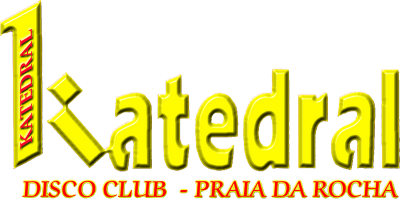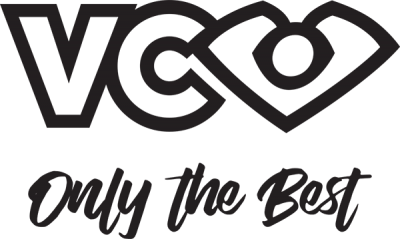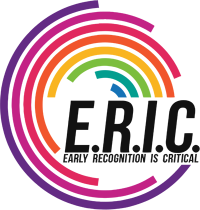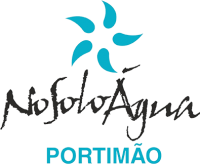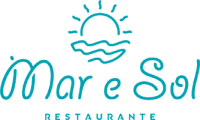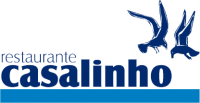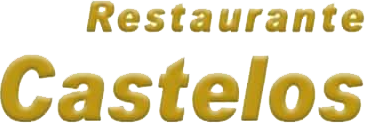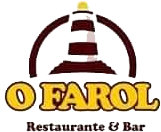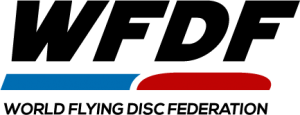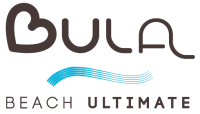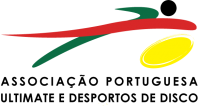In January 2004, in the midst of organizing the first World Championships of Beach Ultimate in Portugal, Patrick van der Valk, BULA President, received a letter from Minh Le and Ivan Cestero asking to compete, representing a nation called Currier Island. Patrick was initially fooled by the legitimate looking letter from Currier Island’s ‘foreign secretary’ but was surprised not to be able to locate the Island on a map or find any hits on Google. He soon found out that ‘Currier Island’ was a made-up country. In fact, it was named after an American high school in New Jersey. Since the USA roster had been filled, Le and Cestero had decided to create their own nation…
Patrick then asked for a flag and a national anthem… and there they were! Being impressed with Le and Cestero’s audacity; ‘I liked the way they played it’, he decided to allow Currier Island to attend the championship provided they acted as an international pickup team. And so, a nation, one that is more a state of mind than an actual place, was born.
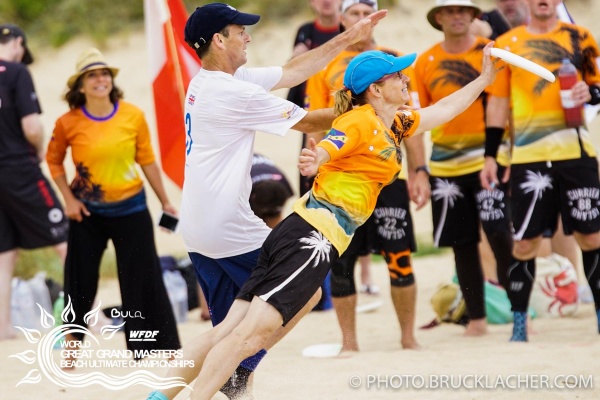
Continued involvement in BULA World Championships has brought more expectations for Currier Island. As it stands, they are only invited to form teams in divisions where an odd number of countries apply. Their presence, therefore, makes an even number of teams which aids the smooth running of the tournament. Furthermore, should they be asked to form a team in a certain division, they must prioritise the recruitment of players whose country is not represented in that specific division. For example, if Turkey doesn’t have a women’s master’s team, a Turkish player applying to Currier Island in this division will have priority over someone who has a national team to trial for.
Patrick explains the aim of Currier Island is ‘to foster adoption and get people from countries where beach ultimate isn’t that well known or well played [to] take that experience back home. Hopefully that will be a nucleus to get beach ultimate going somewhere else’. Jim Scott, who is responsible for overseeing the making and management of Currier Island teams adds, with these aims in mind, ‘When choosing teams, we value competitive players that exemplify spirit of the game…and we will work to keep no more than 2 players from the same country on the same team.’ Therefore, Currier Island gives some high-level players an opportunity to take part in WBUC/ EBUC that they previously didn’t have and adds to the multicultural nature of the tournament.
In 2015, when the World Flying Disc Federation (WFDF) took over the running of the World Championships, BULA ensured that part of the handover agreement involved allowing Currier Island to continue to play (under the previously stated regulations). The WFDF’s agreement to this has transformed Currier Island’s involvement from a BULA tradition to being recognised by the world organisation. However, not everyone agrees with this decision. In response to those who suggest Currier Island’s presence doesn’t make the championships real, Patrick argues, ‘it’s a bit like refugee teams at the Olympics. There is a place for pick up teams but there has to be rules’. One of these rules is that they cannot prevent a national team from reaching the finals. Thus, Currier Island will never come higher than fifth. Additionally, Currier Island has offered priority roster positions for players recommended by the Federation, in order to help such players develop and gain more international elite-level experience.
Now that the World championships have been organised five times, with multiple Continental Championships having been organised in between these major tournaments, Patrick tells me that the details regarding Currier Island’s role is being fine-tuned. To gain a greater understanding of what Patrick meant, I spoke to Sofia C Pereira, a fellow tournament director. Sofia is currently working with Jim Scott to involve Currier Island with sustainability and community development in Portimão. She explains, she doesn’t like going somewhere, hosting a large event and leaving, having made no positive impact on the local area. Expanding on this she says, ‘not only do we want to make it as environmentally friendly as possible regarding our footprint on the planet, but we also want to make it as socially responsible as possible’.
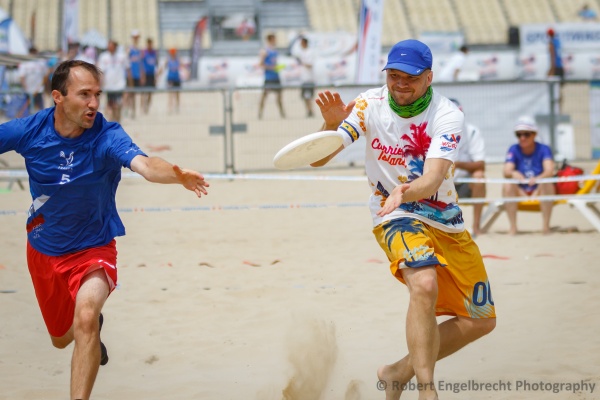
Considering this aim, Currier Island will be involved in a development field at the tournament, where players from all seven teams will bring their own old discs to teach children in the local area how to throw, and then give the discs away. There will also be a disc golf basket set up so those involved can
test their accuracy. After the daily sessions, the children will be given an old disc to take home which will encourage them to go out and throw in future. This initiative will give Currier Island an opportunity to give back to the Beach Ultimate community as well as enabling the tournament to have a lasting impact on the towns and cities the championships are hosted in.
With this in mind, Currier Island has clearly become an integral part of beach events, both on and off the pitch. It will be exciting to see the impacts of their development field and how their teams fare at the European Championships this summer.





